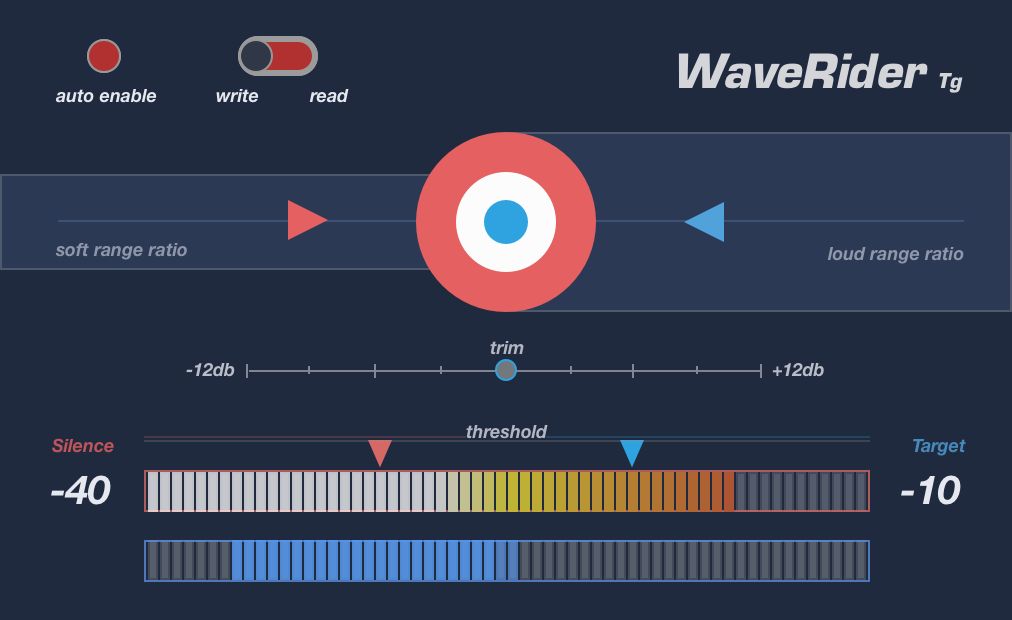

Styles: The more specific term that applies to different kinds of music, grouped together under genres. The genres on Discogs range from hip-hop to classical to stage and screen. They don’t necessarily mirror genres defined by other high-profile sites (for example, Billboard). Genres were decided by Discogs Contributors when the Database launched in 2000. Genres: The umbrella classification that houses different styles. Think about it - how hard is it to accurately describe a piece of music? How many arguments over genres have you had with your friends? Few releases have a categorical style, so they are often assigned based on subjectivity.

The genre and style definitions on Discogs are based on how releases are tagged by Contributors. Sometimes these nebulous similarities are geographic in nature sometimes they are purely stylistic. Genres and styles are another way to connect these releases, albeit in a more subjective way. We categorize and connect releases in a few different ways at Discogs: by looking at the musicians who created them, the labels that produced them, the years that define them, and the formats you can find them recorded on. The vocal tuning is not expecting a heavily processed signal, but a transparently processed signal can help the tuning grip correctly.There are more than 13 million unique physical music releases in the Discogs Database. This rule of thumb is the reason I will place any vocal tuning after the rider. Vocal rider is not expecting a heavily compressed signal, it's expecting a near naked one. The vocal rider is the most transparent treatment.Īnother important rule of thumb is to give the effects the type of material they expect. I think a good rule of thumb is to do treatment from transparent to colored. I don't always prefer a vocal rider, particularly not always the Waves one because it only has 2 speeds and it doesn't always sit perfect.īut when I do go with a vocal rider it's the first thing on the chain after cleanup (cuts and expander).


 0 kommentar(er)
0 kommentar(er)
